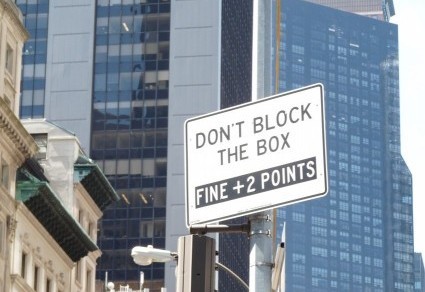I didn’t bat an eye when I read two separate references to “artisanal pickles” in yesterday’s New York Times. I live in Manhattan, where signs advertising “artisanal food” or as in this sign, “artisan bread,” abound:

Sign by an adjective-challenged writer.
So I was fine with artisanal pickles, which I presume are soaked in brine lacking any ingredient with more than three syllables in its name. But an article about “artisanal fish” stopped me cold. What would an artisanal fish be? I pictured busy little fins, fluttering around watery workshops as they fashioned – well, what would an artisanal fish create? Seaweed cooked according to an old family recipe?
After some digging, I discovered that artisanal fish is the term for the opposite of large-scale, commercial fishing, with its miles-square nets and other ocean-destroying practices. If I eat an artisanal fish, I’m chewing on something caught on a hook at the end of a line held by a real person, plying the waters in a small boat inherited from a crusty-but-kind, weathered ancestor who patiently explained ancient methods before he sailed off beyond the horizon. Or at least that’s what the label hopes I think.
The term, though, has no real legal definition. At least the definition of “organic” has evolved from “any carbon-based life form” into “free from pesticides and genetic engineering,” with some legislation or certification to back it up. But artisanal, like its linguistic cousin craft, resides in the eye of the beholder. Or in this case, the mouth.
That got me thinking about other phrases I see on signs and menus. They may have meaning, and the products themselves may carry more flavor and nutritional value than others — but how do we really know? The term green in this sign hints at earth-friendly, natural (dare I say artisanal?) cooking, but the term may be either completely appropriate or totally undeserved.

Contrast the above sign with this one, whose products are identified only by color:

Or shape:

To be honest, these food products may not be as tasty as artisanal cheese and meat, but at least you know what aspect of the food they’re promoting. Which brings me to the main point. In our over-mechanized world, advertisers know that consumers often want to hurtle into the past – which they will find with the help of their voice-enabled, speech-recognizing, GPS-loaded, smartphone apps. The product may not be real, good, or natural. That’s fine, as long as it seems that way. You are what you eat, or in this case, what you think you’re eating.
Like this:
Like Loading...






























